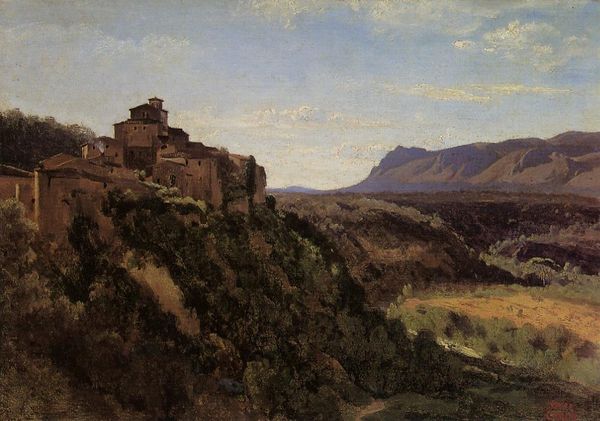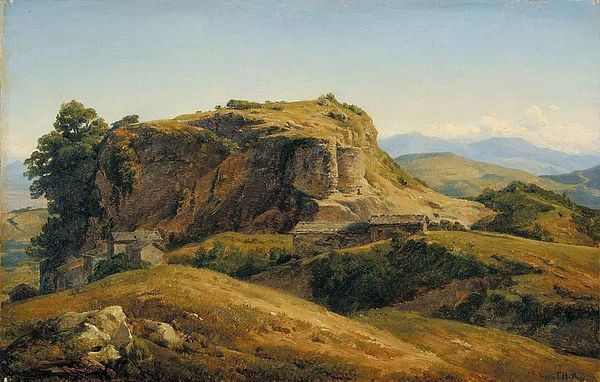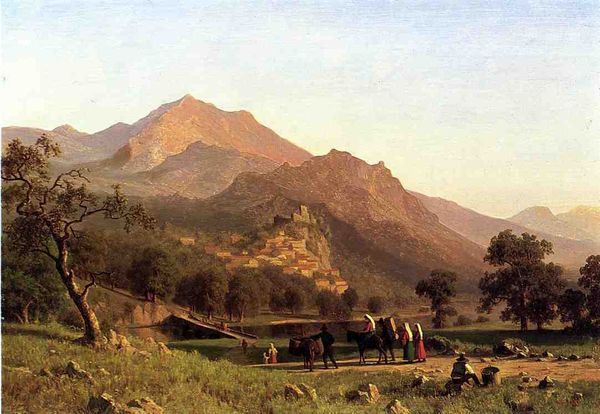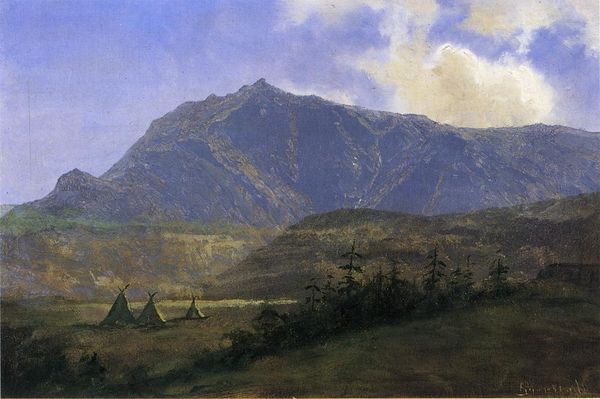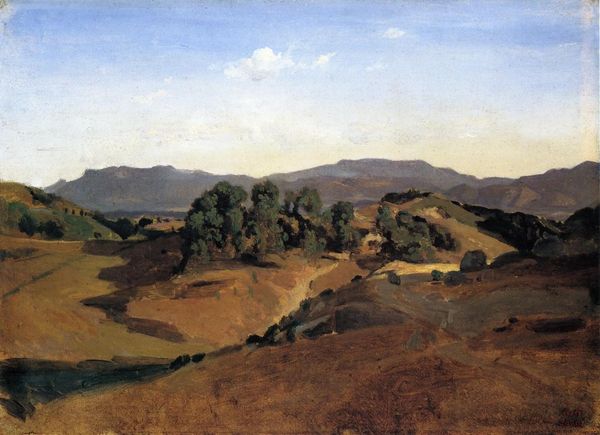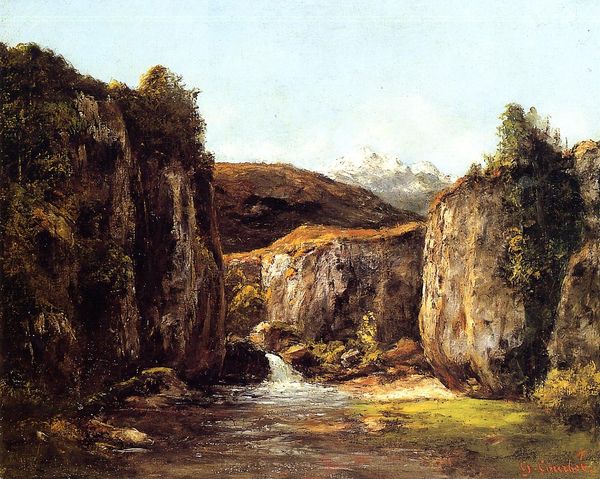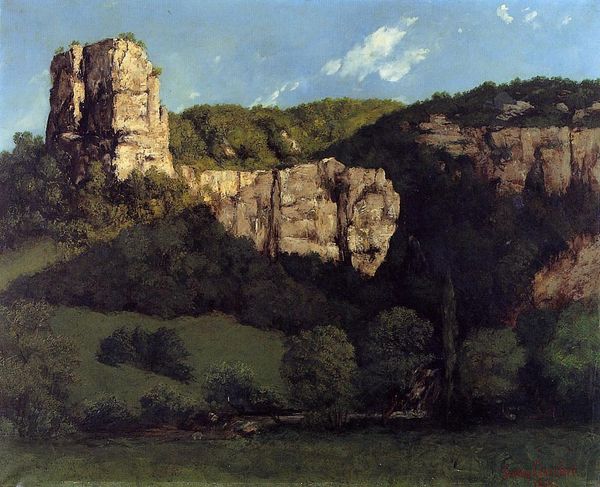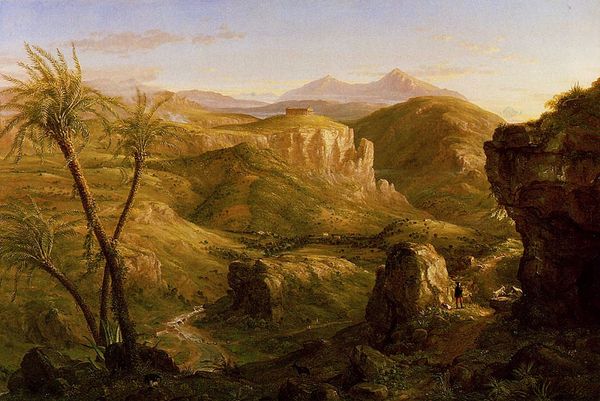
Valley in the Auvergne Mountains 1830
0:00
0:00
theodorerousseau
Saint Louis Art Museum, St. Louis, MO, US
painting, plein-air, oil-paint, fresco
#
sky
#
painting
#
plein-air
#
oil-paint
#
landscape
#
figuration
#
fresco
#
oil painting
#
romanticism
#
mountain
#
realism
Copyright: Public domain
Curator: Standing before us is Théodore Rousseau’s "Valley in the Auvergne Mountains," an oil on canvas painted around 1830, now housed at the Saint Louis Art Museum. It’s a quintessential landscape piece. Editor: It strikes me as...somber. The greens and browns are muted, creating a somewhat melancholic mood, wouldn’t you agree? Curator: Precisely. Consider the period: early Romanticism was heavily influenced by sociopolitical conditions. Artists were increasingly turning to depictions of nature as an escape from or commentary on rapidly changing realities caused by early industrialization and the shift towards urban environments. This landscape may mirror societal anxieties about ecological harmony and societal order. Editor: Interesting, though formally, Rousseau's brushwork fascinates me. Notice how he builds texture, particularly in the foreground, suggesting a raw, untamed landscape through impasto. There’s a structural contrast here too. The soft atmospheric perspective, especially apparent in the sky and distant mountains, counters the solid mass of the rocks and foliage. It's this opposition that keeps the eye moving and establishes the space. Curator: Building upon that observation of space: the mountains serve not merely as aesthetic features, but also as symbols of permanence and historical grounding, while the deep, dark valley is representing the chasm of the collective unknown. This could potentially mirror class dynamics and a societal critique by offering a picturesque image, thereby shaping public perception about society's role in an idealized past. Editor: It's remarkable how he uses a relatively restrained palette to suggest such immense depth. Consider how his understanding of aerial perspective manipulates our gaze, drawing us into that shadowy valley despite the brightness of the sky overhead. This play of light and shadow also directs attention toward the painting’s structural forms, which could suggest social issues needing light to be brought upon them. Curator: So we can understand "Valley in the Auvergne Mountains" as not just a depiction of a natural setting, but also as a reflection on nature’s interaction with emerging cultural tensions, providing both critique and potentially offering moments of reflection and hope. Editor: It is the power of structure, line, light, and color to speak without words, echoing sentiments beyond immediate representation, don't you think? This artwork exemplifies this notion.
Comments
No comments
Be the first to comment and join the conversation on the ultimate creative platform.
